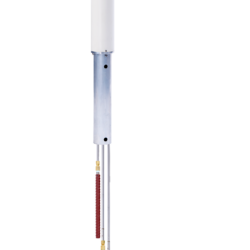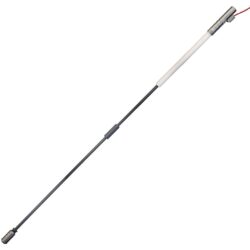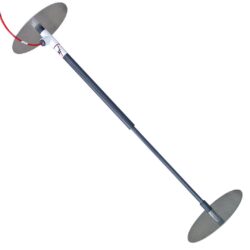Learn More about Extensometers
The use of Extensometers in excavations or major constructions allows for constant monitoring of structural displacement and deformation due to shifting ground conditions, structural strain, and other forces. Extensometers can also be used to monitor changes in the settlement or heave of the ground surface due to excavations and new constructions. They are an important tool for ensuring the safety of underground operations such as tunnels, mines, and major excavations.
Multi-Point Borehole Extensometers (or MPBX) are rugged and easy to install, consisting of a surface-level reference head and one or more anchor points embedded in a borehole and connected to the reference head by rigid or flexible rods. Multiple anchors record changes in distance in relation to each other and the reference head. Higher anchor count and spacing yields increasingly precise data related to ground deformation.
The Vibrating Wire Inline Extensometer is primarily used in below-ground applications such as tunnels, dams, open pit mines, and underground caverns. It is also commonly used underneath Embankments for a comprehensive settlement ground profile as you can benefit from the lack of headworks provided with this system. These extensometers are fully enclosed assemblies consisting of multiple extension sections assembled together in series. Unlike conventional Borehole Extensometers, the Vibrating Wire Inline Extensometer is installed flush with the ground surface, and due to its multi-point, series-connected design, it provides a greater range of measurement than the standard Borehole Extensometer.
Soil Extensometer arrangements can also be provided for horizontal requirements for displacement profiles from one structure to another.
All Extensometers provided by RST Instruments are compatible with the wide range of Data Logger solutions such as RSTAR Affinity, and visualized via either the RSTAR Affinity Data Visualization platform or NavStar GeoExplorer software for a complete end to end solution.










